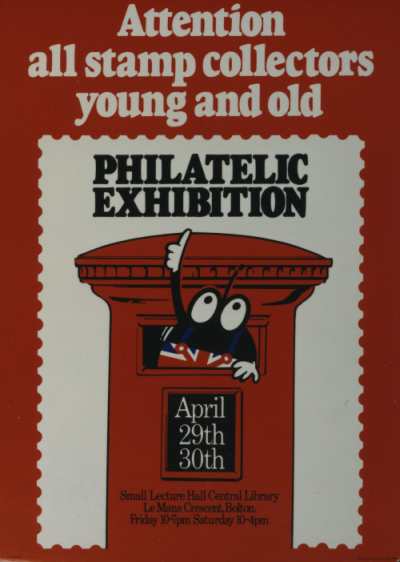Stamp collecting is a fun and addictive hobby that explores history, geography, art and politics. It can be a therapeutic activity or an opportunity to meet likeminded people and join clubs and societies (List of UK Societies and Federations). Stamp collecting is also a great hobby to encourage your children to be a part of (Stamp Active). It’s an activity away from technology that can connect children to the older generation, who may have also collected when they were younger.

Brief history of the stamp.
Knowing a little more about the history of the postage stamp will help you on your way to becoming a stamp collector. The first stamp was produced in Great Britain in 1840 and is known as the Penny Black. This small piece of paper changed the way we sent post and was extremely popular. Since then stamps have been produced in countries around the world with new designs issued every year.

Words you’ll need to know.
We have an in depth philatelic glossary on our website however here are a few words you’ll need to know straight away.
Philately: The study of postage stamps and associated areas.
Definitive stamp: A definitive stamp is intended for everyday use over a long period of time often depicting the profile of the monarch’s head.
Commemorative stamp: A commemorative stamp commemorates an event or theme, sometimes called ‘Special’ as often there is no anniversary involved.
Used: A stamp that has been used postally and bears at least part of a postmark.
Mint: A stamp in a perfect condition, uncancelled and having its original gum.
Cancellation: A postal marking applied on top of the stamp to show it’s gone through the post and deface the stamp so it can’t be reused.
Perforation: A means of making the separation of individual stamps easier by removing small pieces of paper from the gaps between the stamps.

What should you collect?
The possibilities of what to collect are endless. You may only wish to collect stamps from one country or stamps that focus on one event. Commemorative stamps depict numerous themes, you could choose anything from cats to aeroplanes (British Thematic Association). It may be best to start with a larger theme and then break it down to find an area you enjoy. Why not think about what interests you and build a collection around that. The more passionate you are about the subject the more likely you are to continue to collect.

Things you might need.
When starting your collection there are a few essential you are going to need.
Stamp Album
Stamp Catalogue (check your local library to see if they have any catalogues for reference)
Magnifying Glass
Stamp Hinges or Mounts (these will be needed depending on the type of album purchased)
Tweezers (so you don’t have to touch the stamps, learn more later…)
It also helps to know a few key websites that can help with your research, like our own philatelic web pages.

Where can you find the stamps?
There are many places to buy stamps but why not first ask your family to see if anyone has an old collection you could have. You could also collect the stamps from your own post or ask family and friends to keep theirs. If you have relatives abroad or a pen pal this could lead to some interesting world stamps. Stamps can be purchased online from sites such as Ebay or with a stamp dealer at a shop or stamp fair. Stamp fairs or shows are a great place to visit not only to add to your collection but to see exhibits and talk to dealers and other stamp collectors.

How to care for your collection.
There are some simple ways of caring for your collection as a beginner. Try to handle your stamps as little as possible, instead use tweezers. This prevents dirt and oils from your hands getting onto the stamps and reduces the risk of tearing. It’s always best to keep your stamps in an album, this prevents light damage and keeps them safe. You should also think about where you keep your stamp album to avoid anywhere that might be damp.
And there you have it, your beginners guide to starting a stamp collection. We wish you all the best with your stamp albums and don’t forget to drop us a picture of your collection on our social media platforms.
- Rajesh Pamnani |

